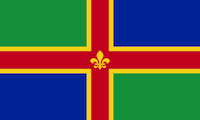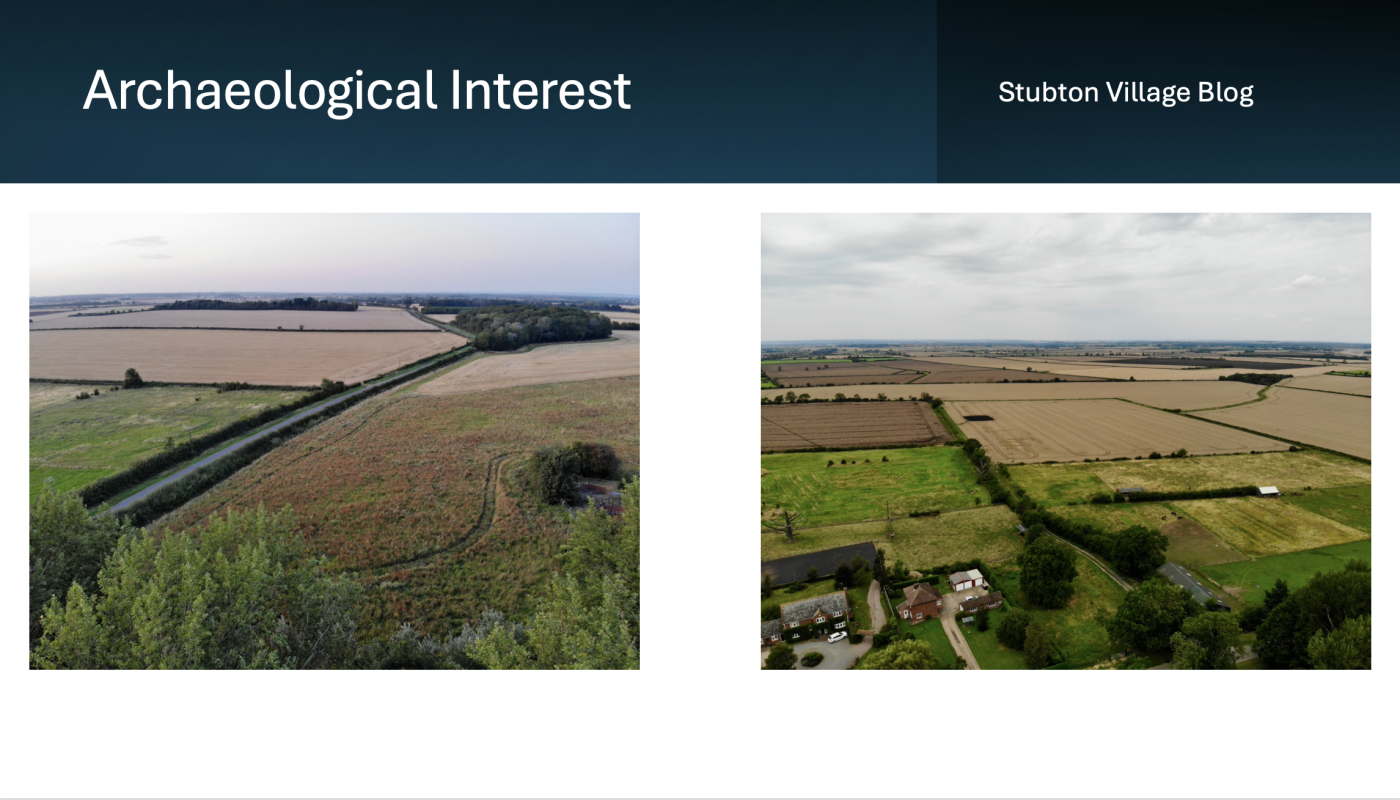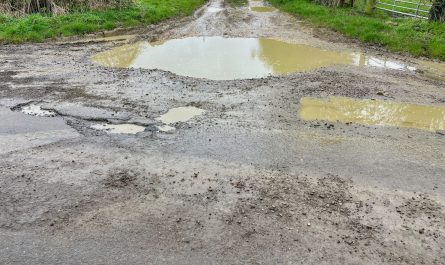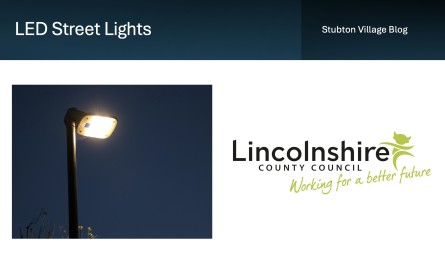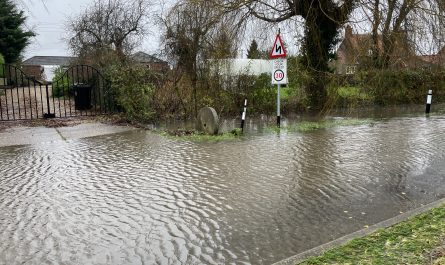The following information is available from a recent planning application:
On two sides of the village there are cropmarks indicating trackways leading into the village, of medieval or post-medieval date. There are also a numerous cropmarks and earthworks visible from aerial photographs, indicating prehistoric or Roman settlement, enclosures and boundaries. Closer to the village, there is surviving ridge and furrow, indicating previous agricultural systems.
The village itself is mentioned in the Domesday Book, but little is known about the development of the village. The church of St Martin is situated to the east of the village and although it was built in the early 19th century, it was to replace an earlier church in the village.
An archaeological watching brief undertaken at the south end of Fenton Road in 2007 recovered pottery of medieval date and a pit possibly of the same period. In the same area a metal mount was found and although its exact function could not be determined, there are comparable Anglo-Saxon and medieval examples. A single sherd of medieval pottery was recovered during a programme of archaeological monitoring and recording during development to the south-west of the parish church in 2001.
NB: Plan to take some drone pictures of the village.
